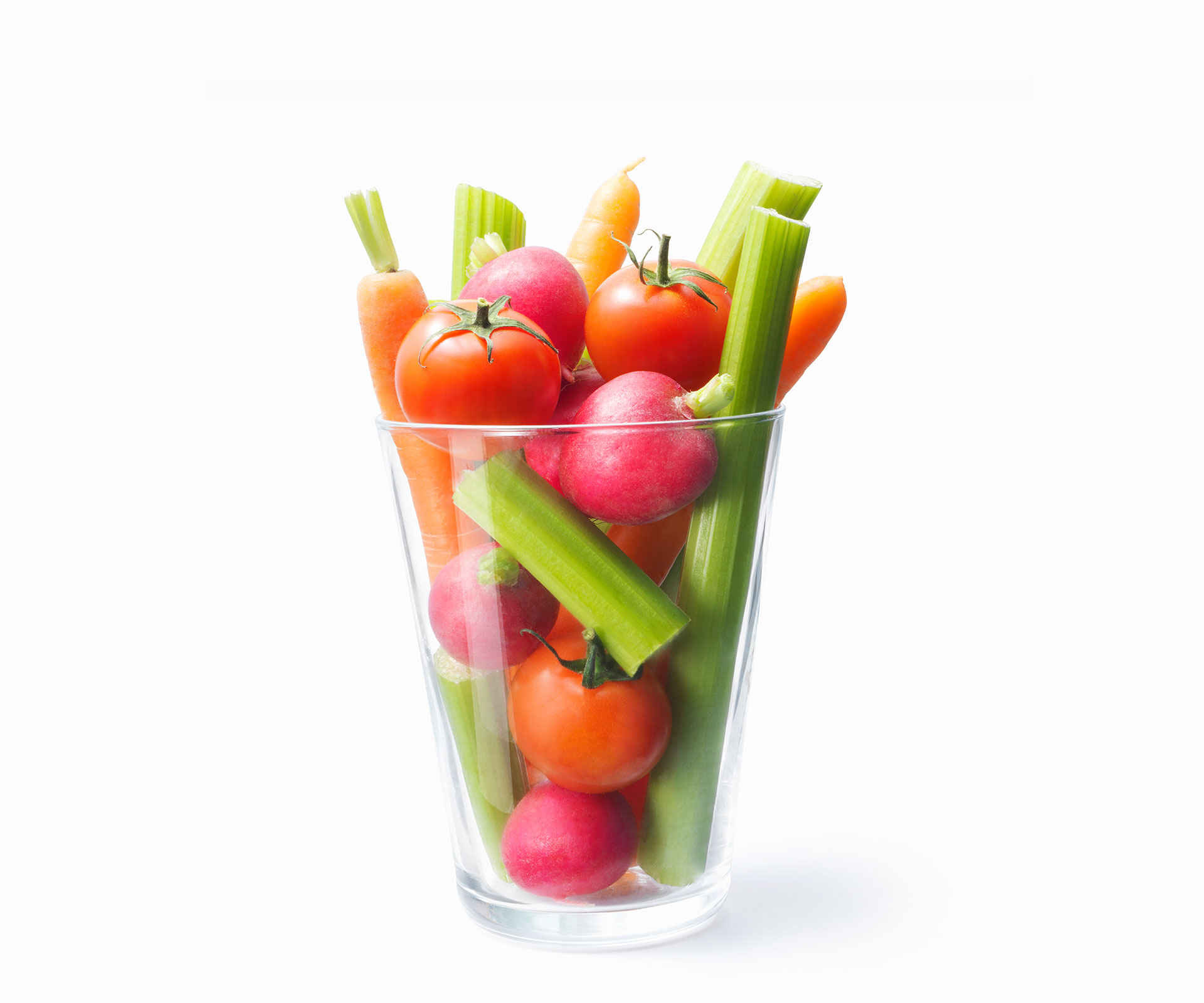It’s popular to grab a blended fruit or vegetable juice while out and about these days, and with summer fast approaching it’s even more tempting to sip on a refreshingly cool concoction.
Many health-conscious people use their blender to whip up juices at home too; it’s an easy way to consume vitamin-packed foods without even noticing you’re having your greens.
But the benefits of juicing need to be weighed up against the calorie gain. Juicing is a great way of getting vegetables into picky eaters and kids – but if you are juicing to lose weight, it may not be the best way to go.
The trouble with juicing is that a lot of the good fibre gets thrown away with the pulp. I have a friend who loves to juice and she gets around this by using the pulp in stews, casseroles, soups and even muffins! This fibre is a very important part of the nutritional value of vegetables; it is both heart-healthy and cancer protective.
Some vegetables, such as kale and spinach, are great to blend into a smoothie if you won’t eat them in their whole form. But remember that chewing and breaking down vegetable matter in the gut takes hard work; this creates heat and therefore burns calories.
This is called the thermogenic effect of food and accounts for a large proportion of your calorie burn every day. If you let your juicer do all the work for you, then you are missing out on this valuable way of expending energy and its weight-loss benefits.
There is also an issue around concentrated sugars. If you start to throw in carrots for the beta carotene, and beetroot for the nitrates, you begin to accumulate concentrated sugars without the benefit of the fibre, or the digestive process used to slow down the release of these sugars.
We will generally consume more carrots, beets and fruits in liquid form than we would if we sat down and ate them – so while you are concentrating some nutrients by juicing, there is a cost in the form of calorie consumption.
A 350ml glass of orange juice could contain up to 10 teaspoons of sugar. A 350ml smoothie made with a banana, orange juice, apple, kiwifruit and spiralina powder could contain 250 calories and 12 teaspoons of sugar.
The biggest advantage of juicing is that it’s an easy way to get the vitamins and minerals from fruits and vegetables into your diet. But you still need to eat these foods in their whole form to get the fibre and full benefits.
Healthy juicing tips:
Be careful of the calorie and sugar levels of your juices if you drink them often.
Remember, we only need 2-3 pieces of fruit a day.
Add protein to your juices to create a better balance – try using Greek yoghurt, flaxseeds, chia seeds, almond milk or soy or whey protein concentrate. And please leave the pulp in!
Photos: Getty Images


